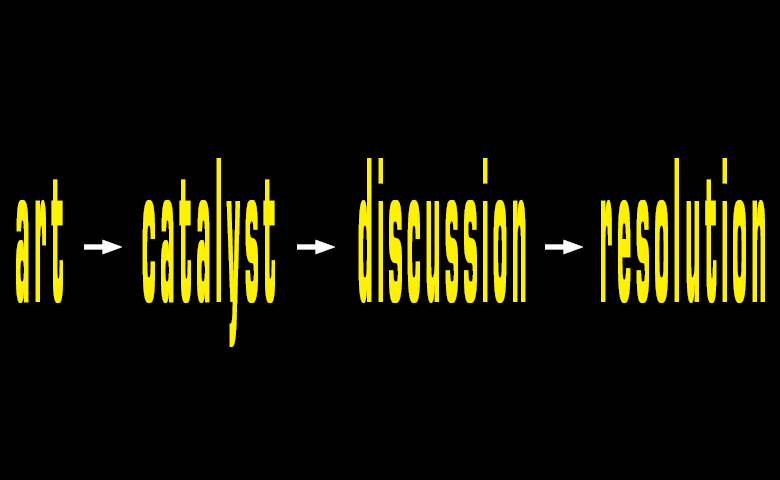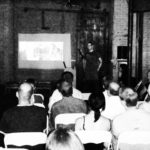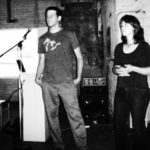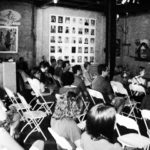DESIGN 99 POST LECTURE DISCUSSION
 On June 23rd, the first lecture in a series of HAA sponsored events occurred in a small Eastern Market art studio, The Johanson Charles Gallery. During the lecture, Design 99’s co-founders Mitch Cope and Gina Reichert presented a sampling of their past and current work. As their projects flashed over the make-shift projection screen, the sound system petered in an out of existence. These underground conditions seemed perfectly analogous to Design 99’s daily challenges and each of their project’s specific circumstances. Despite the late start and the subsequent technical difficulties, the 40+ Detroit locals were enraptured, appreciative, and focused on the discussion at hand:
On June 23rd, the first lecture in a series of HAA sponsored events occurred in a small Eastern Market art studio, The Johanson Charles Gallery. During the lecture, Design 99’s co-founders Mitch Cope and Gina Reichert presented a sampling of their past and current work. As their projects flashed over the make-shift projection screen, the sound system petered in an out of existence. These underground conditions seemed perfectly analogous to Design 99’s daily challenges and each of their project’s specific circumstances. Despite the late start and the subsequent technical difficulties, the 40+ Detroit locals were enraptured, appreciative, and focused on the discussion at hand:
– Current urban issues require change
– Context specific design catalysts operate as community focal points
– Focal points spark community discussions
– Community discussions initiate resolution of urban issues
Each of Design 99’s projects followed this framework with varying physical, social, ecological, and economical results. One such example is their highly publicized project, Power House Project.
URBAN ISSUES. The Power House Project is located within Mitch and Gina’s Hamtramck neighborhood. In addition to being a general eyesore, the abandoned building was the headquarters for multiple, suspect behaviors.
DESIGN CATALYST. Originally purchased as part proactive blight removal and part “sustainable” experimentation canvas, the vacant house has been gutted and retrofitted to implement solar, wind, and low-flow sewerage installations.
COMMUNITY DISCUSSION. During the ongoing, intentionally visible, construction process, neighbors began to ask questions. Why are you painting the fence pink? What are you installing? How can these ecological improvements help our overall community? And most importantly, what can I do to help improve our neighborhood?
RESOLUTION. Specifically, the Power House Project identifies a new formula of urban activism that ultimately results in an associated social paradigm: Hamtramck residents can make a difference in their neighborhoods through simple, artistic interventions.
DISCUSSION. By sponsoring the Design 99 lecture and subsequent lectures, HAA is dedicated to creating a broader creative discourse through open and collaborative dialogue. “Challenging Detroit: (Re)generating Urbanism” as an overall program will provide an important platform for consideration of innovative, multidisciplinary strategies designed to help the city not only create reinvestment and redevelopment, but also begin to regenerate the social, economic and environmental attributes that define it. Now, more than ever, we need to come together to understand how we can effectively participate in the thoughtful, creative regeneration of Detroit.
Thus, following Design 99’s presentation, we immediately asked ourselves, can Design 99’s simple formula be implemented into other Detroit areas? Other cities? Other countries? While Design 99’s actual design catalysts are context specific, their proposed framework is deliberately flexible. Detroit could certainly benefit from additional pro-active residents, strategic design catalysts, and the resulting community discussion that may lead towards the betterment, resolution, of our city. So despite the late start and the subsequent technical difficulties, it was this discussion that enraptured the audience. Urban art? Urban Design? Detroit specific strategies? Perhaps the physical interventions are, in some ways, inconsequential and the way towards a new found urbanism, Detroit style, will result from our creative discourse.







